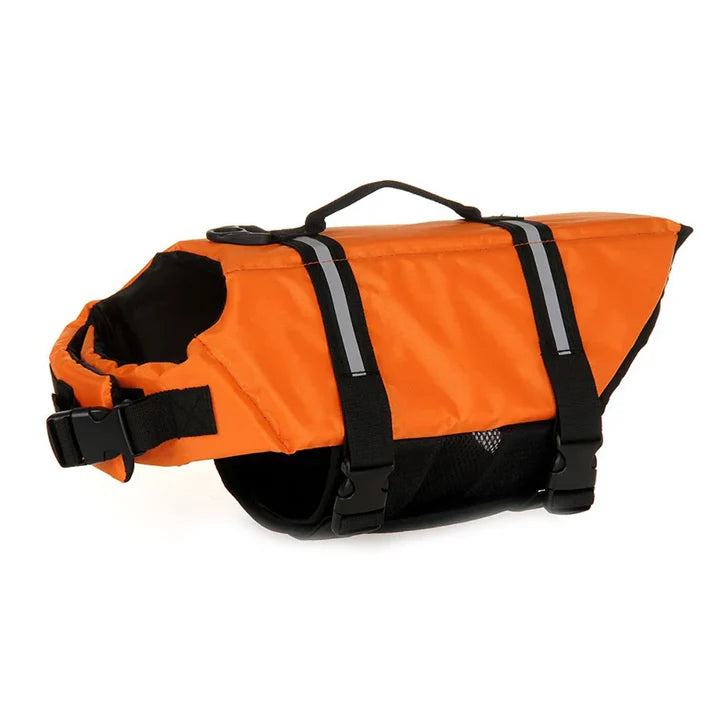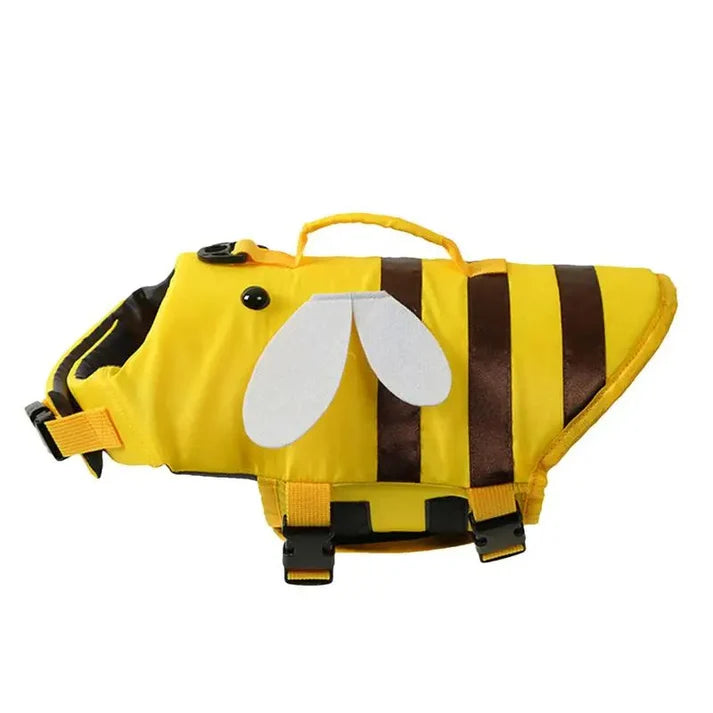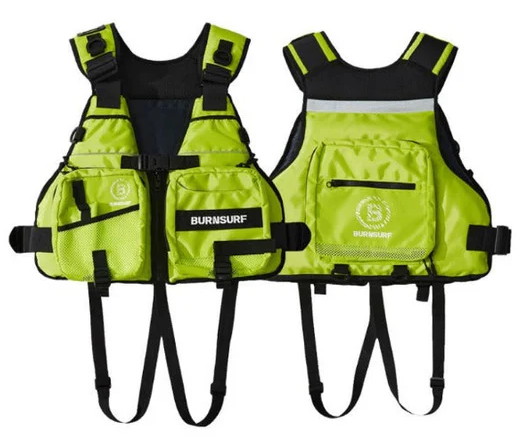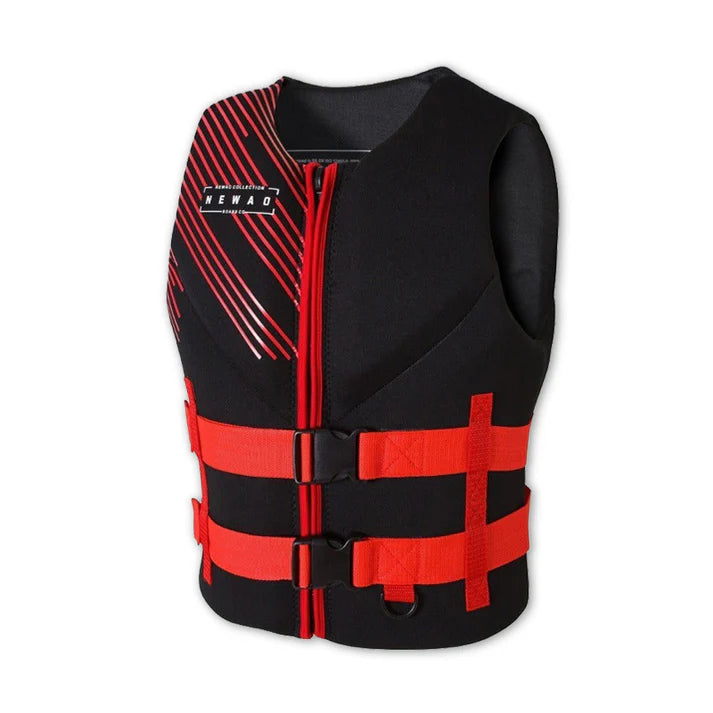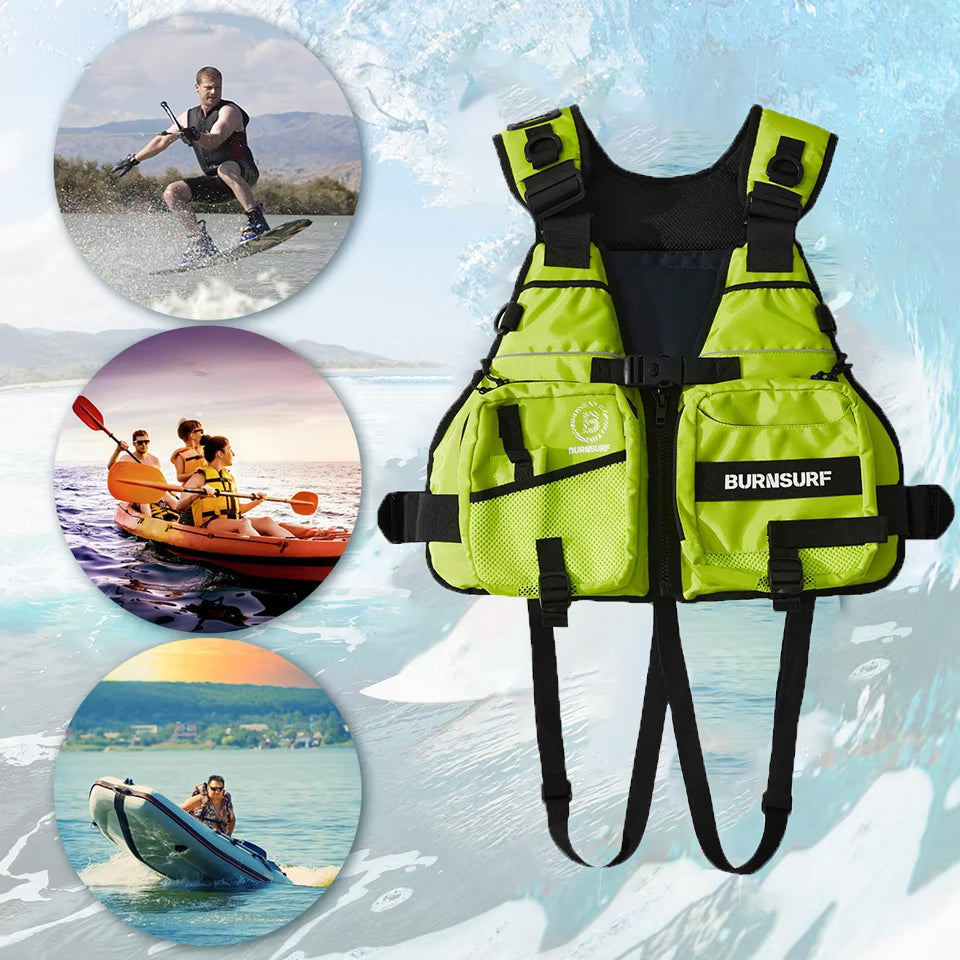Riding the Wave: The Intersection of Surfing and Ocean Conservation
Surfing isn’t just a sport; it’s a lifestyle rooted in a deep connection with the ocean. For many surfers, the thrill of catching a wave is matched only by the love for the marine environment. However, this relationship comes with a responsibility—one that calls for sustainable practices to protect our oceans for future generations. Let’s dive into how surfing and environmental protection are intertwined and why advocating for sustainable surfing is crucial.

The Ocean: Our Playground and Lifeline
The ocean covers over 70% of our planet’s surface, providing essential resources and services. It regulates our climate, supports biodiversity, and sustains millions of livelihoods. For surfers, the ocean is a playground, a canvas of ever-changing waves. But as we enjoy its beauty, we must also recognize the threats it faces—from pollution and climate change to overfishing and habitat destruction.
The Impact of Surfing on the Environment
While surfing is often seen as an eco-friendly sport, it can have negative impacts if not practiced sustainably. Here are a few areas where surfing intersects with environmental concerns:
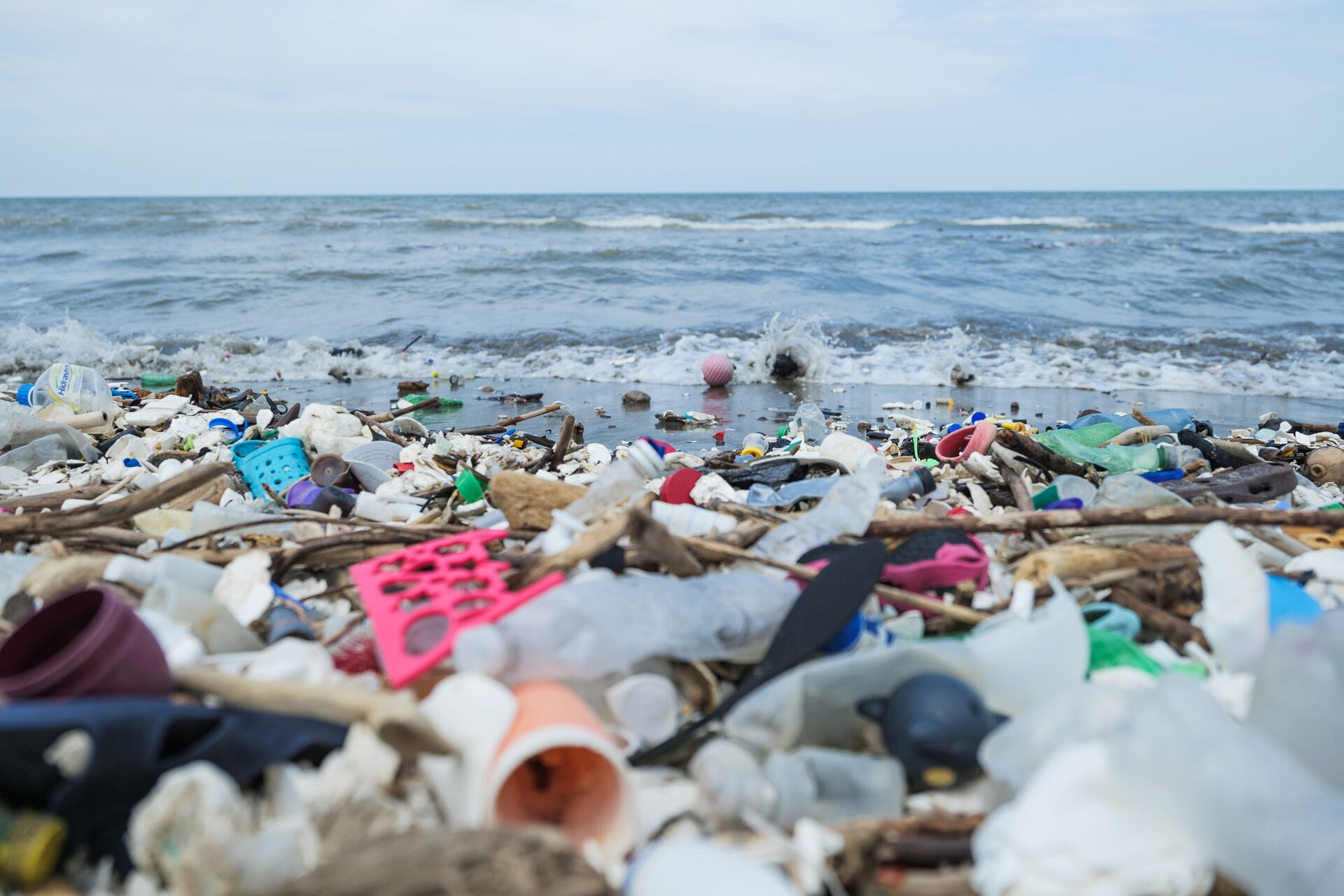
-
Pollution: Surfers often encounter litter and pollution in the water. Plastics and other debris not only harm marine life but can also affect the quality of the waves we cherish.
-
Coastal Development: Increased demand for surf spots can lead to coastal development, which disrupts ecosystems and contributes to erosion.
-
Resource Consumption: The production of surfboards and gear involves resource-intensive processes that can lead to environmental degradation.
Advocating for Sustainable Surfing
So, how can surfers contribute to ocean conservation? Here are some actionable steps to promote sustainable surfing practices:
1. Choose Eco-Friendly Gear

Opt for surfboards made from sustainable materials. Many brands now offer eco-conscious options, such as boards made from recycled materials or sustainable wood. Look for companies that prioritize environmental responsibility in their manufacturing processes.
2. Reduce Plastic Use
Carry a reusable water bottle and avoid single-use plastics when at the beach. Participate in local beach clean-ups to help remove litter from your favorite surf spots. Every piece of trash removed is a step toward a healthier ocean.
3. Support Marine Conservation Efforts
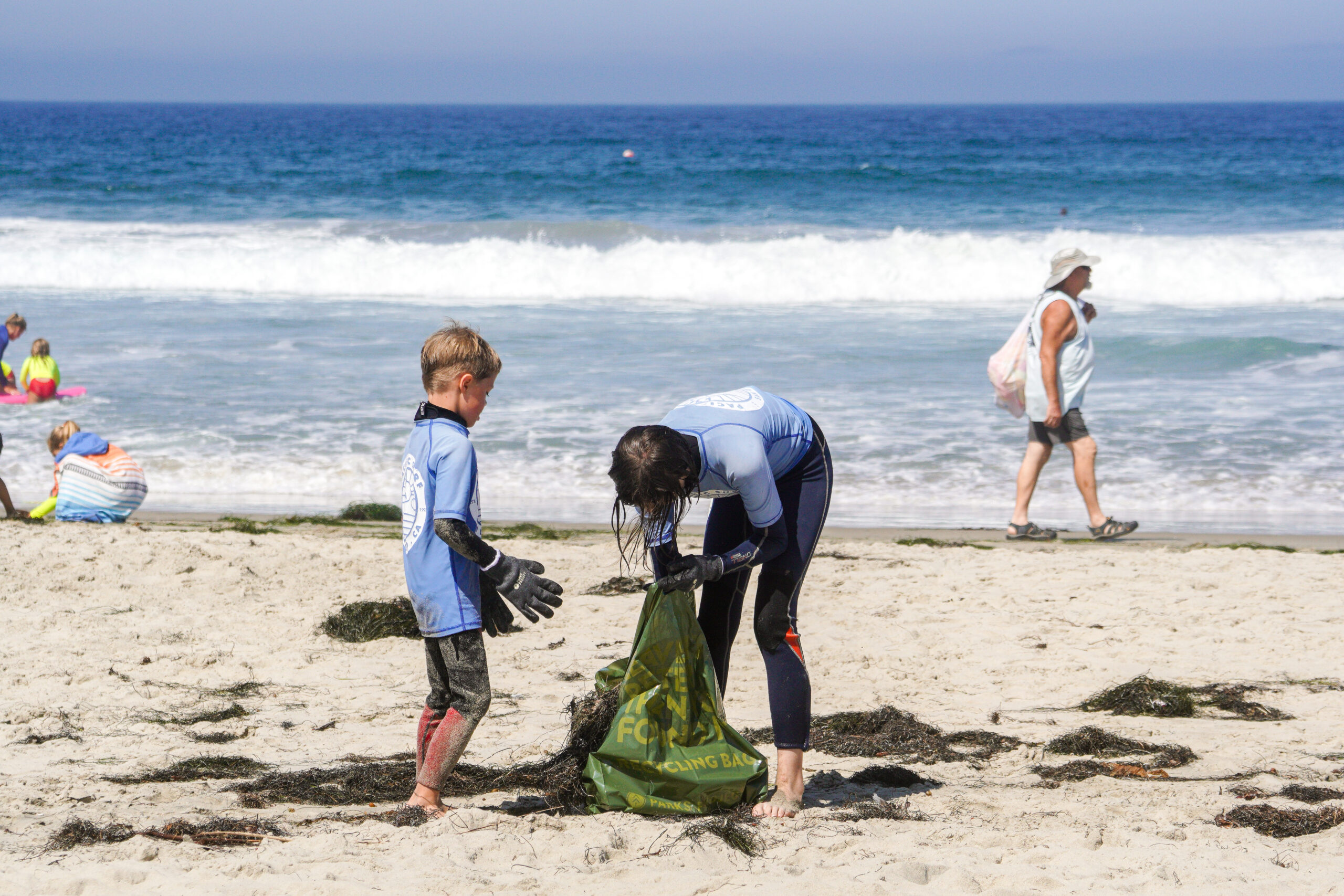
Get involved with organizations dedicated to ocean conservation. Whether through volunteering, donations, or spreading awareness, your support can make a difference. Many surfers are also advocates for marine protected areas (MPAs), which help preserve critical habitats.
4. Educate and Advocate
Use your voice to raise awareness about ocean conservation issues. Share information on social media, write to local representatives, and engage with your surfing community about the importance of protecting our oceans.
The Ripple Effect of Change
By adopting sustainable practices, surfers can create a ripple effect that extends far beyond the shoreline. When we prioritize the health of our oceans, we ensure that future generations can experience the joy of surfing and the beauty of marine life.
Surfing and ocean conservation are inextricably linked. As stewards of the sea, surfers have a unique opportunity to champion environmental protection. By advocating for sustainable surfing practices, we can enjoy our waves while safeguarding the ocean that sustains us. Let’s ride the wave of change and protect our blue planet—one surf session at a time.


